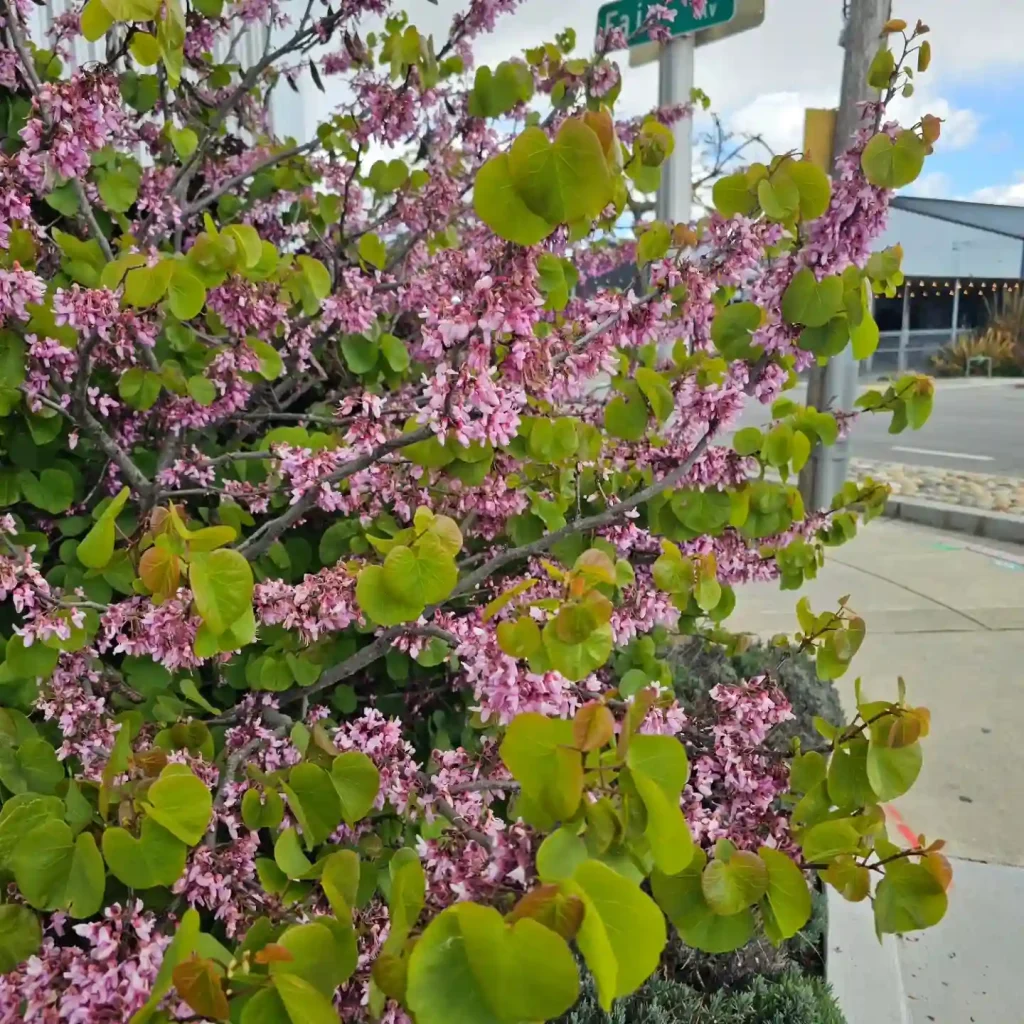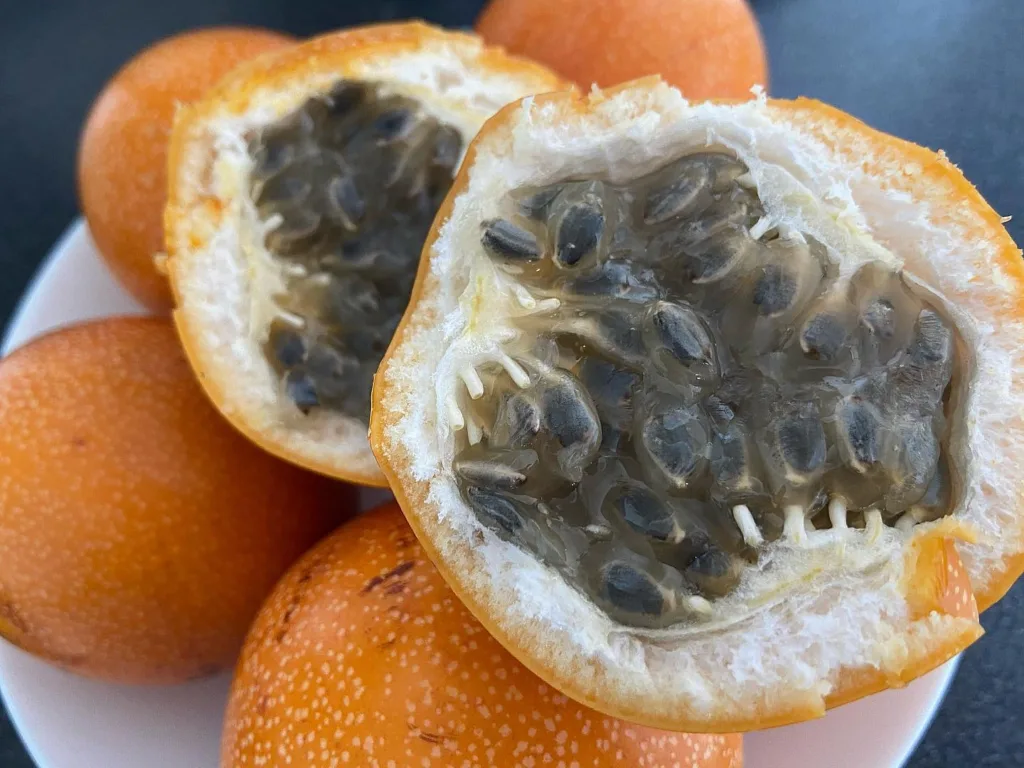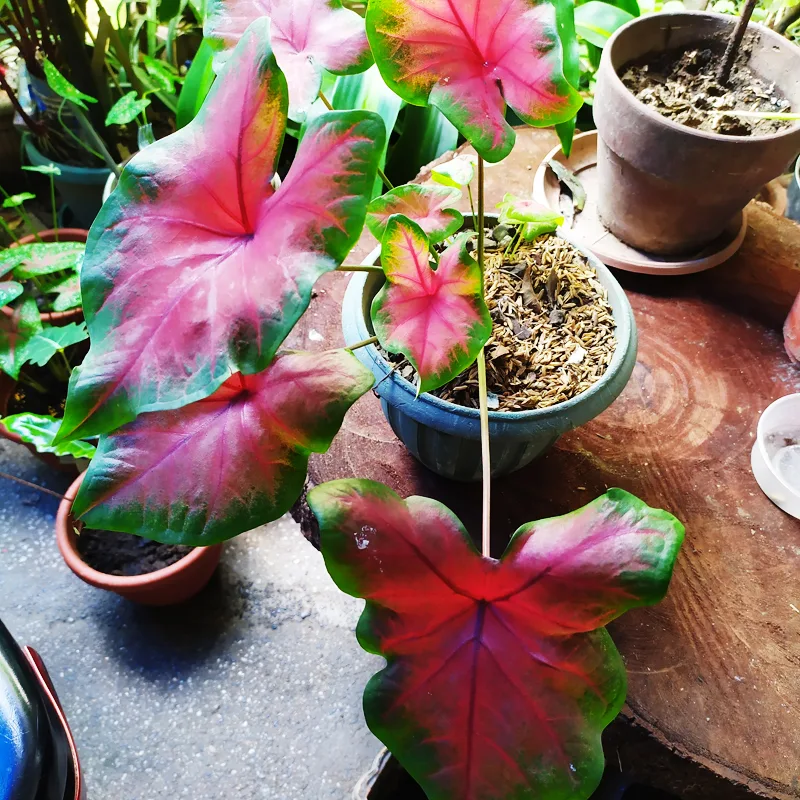Sansevieria Boncel: Your Guide to the Cylindrical Wonder
Hey there, plant enthusiasts! Ferb Vu here, and today we’re diving deep into the fascinating world of the Sansevieria Boncel. This architectural marvel is a standout among snake plants, boasting a unique, fan-shaped silhouette and easygoing nature.
Whether you’re a seasoned plant parent or a curious newcomer, this guide will equip you with everything you need to know about caring for your Sansevieria Boncel.
What is a Sansevieria Boncel?
The Sansevieria Boncel, also known as the Sansevieria Cylindrical Hybrid, is a captivating succulent native to Angola. Unlike its snake plant cousins with flat leaves, the Boncel features thick, cylindrical leaves that radiate outwards in a fan-like formation. This creates a stunning visual texture, making it a conversation starter in any room.
As a succulent, the Sansevieria Boncel stores water in its leaves, allowing it to thrive in less-than-ideal conditions. This makes it a perfect choice for busy plant owners or those new to the plant parenthood journey.
Light Requirements: Bright and Indirect is Best
While the Sansevieria Boncel tolerates a range of light conditions, it truly shines (pun intended) in bright, indirect sunlight. Imagine the dappled light filtering through a tree canopy – that’s the sweet spot for this plant. Direct sunlight, especially during harsh afternoons, can scorch the leaves, so be mindful of placement.
On the flip side, the Boncel can adapt to low-light environments. However, growth will be slower, and the vibrant green color might lose some of its luster.
Here’s a quick tip: Observe your plant. If the leaves start to stretch excessively or lose their color, it’s a sign it needs more light. Conversely, if the leaves turn brown and mushy, it’s getting too much direct sun.
Watering: When in Doubt, Leave it Out
One of the biggest downfalls for new plant parents is overwatering. Thankfully, the Sansevieria Boncel is a champion in this regard. Its succulent nature allows it to store water, so err on the side of underwatering.
A good rule of thumb is to water your Boncel only when the soil feels completely dry to the touch. This can be anywhere from once a week to once a month, depending on the pot size, drainage, and climate.
Here’s another tip: When watering, soak the soil thoroughly until water runs out the drainage holes. This ensures all the roots receive moisture. Discard any excess water collected in the saucer to prevent root rot.
Temperature and Humidity: Keep it Warm and on the Dry Side
The Sansevieria Boncel thrives in warm temperatures, ideally between 65°F and 80°F (18°C and 27°C). Avoid exposing it to sudden drops in temperature or cold drafts.
As for humidity, this succulent prefers drier conditions. Our average indoor humidity levels are perfectly fine for the Boncel. Don’t worry about misting it – this can actually encourage fungal diseases.
Soil and Potting: Drainage is Key
For your Sansevieria Boncel to flourish, proper drainage is essential. Choose a well-draining cactus or succulent potting mix. You can also create your own by mixing regular potting mix with perlite or coarse sand for added drainage.
Pick a pot with drainage holes at the bottom. This allows excess water to escape, preventing root rot. The pot size should be slightly larger than the root ball of your plant.
Fertilizing: A Light Touch is Sufficient
The Sansevieria Boncel isn’t a heavy feeder. A balanced fertilizer diluted to half strength can be applied once a month during the growing season (spring and summer). However, it’s perfectly happy without any fertilizer, especially during the winter months.
Propagation: Sharing the Cylindrical Love
The Sansevieria Boncel is a generous plant that readily produces pups (baby plants) at the base. These pups can be easily separated and repotted to create new Boncel wonders.
Here’s how to propagate your Sansevieria Boncel:
- Gently remove the mother plant from its pot.
- Identify the pups growing at the base.
- Using a sharp, sterilized knife, carefully separate the pups from the mother plant, ensuring each pup has a few roots attached.
- Repot the pups in well-draining cactus or succulent mix and water lightly.
- Place the newly potted pups in bright, indirect sunlight and water them only when the soil dries out completely.
Common Issues and How to Fix Them
Despite its resilience, a few common issues can arise with your Sansevieria Boncel. Here’s how to diagnose and fix them:
- Brown and mushy leaves: This usually indicates overwatering. Reduce watering frequency and allow the soil to dry out completely between waterings. Remove any severely damaged leaves.
- Yellowing leaves: This could be a sign of aging or underwatering. If underwatering is suspected, increase watering frequency but ensure proper drainage.
- Stunted growth: This can be due to insufficient light. Move your plant to a brighter location with indirect sunlight.
- Pests: Mealybugs and scale can occasionally bother your Boncel. Treat them with insecticidal soap or neem oil solution.
Sansevieria Boncel vs. Other Snake Plants
The Sansevieria Boncel is a unique member of the snake plant family. Here’s a quick comparison to two popular varieties:
- Sansevieria Trifasciata (Mother-in-Law’s Tongue): This classic snake plant features upright, flat leaves with vertical green and yellow stripes. It’s generally more tolerant of lower light conditions compared to the Boncel.
- Sansevieria Hahnii (Bird’s Nest Snake Plant): This petite snake plant forms clusters of short, rounded leaves with a marbled pattern. It thrives in bright, indirect light and requires watering similar to the Boncel.
- Sansevieria Cylindrica vs Boncel: Sansevieria Cylindrica Boncel is a succulent characterized by its compact, fat and short leaves, differing from the taller growth of Sansevieria Cylindrica; its leaves fan out and over time, it produces offsets that gradually fill the pot with similar fan-like growth patterns.
Ultimately, the best snake plant for you depends on your personal preference and light conditions.
Conclusion: The Uncomplicated Beauty of the Sansevieria Boncel
With its architectural form, easygoing nature, and air-purifying properties, the Sansevieria Boncel is a winner for any plant enthusiast. By following these simple care tips, you can cultivate a thriving Boncel that adds a touch of modern elegance to your space.
If i die, water my plants!



